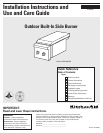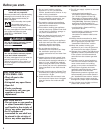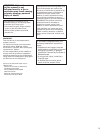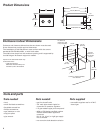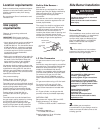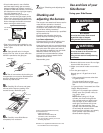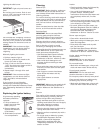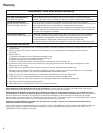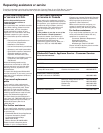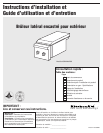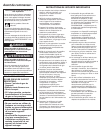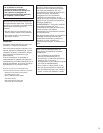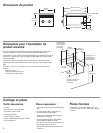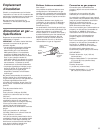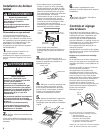Special offers from our partners!

Find Replacement BBQ Parts for 20,308 Models. Repair your BBQ today.
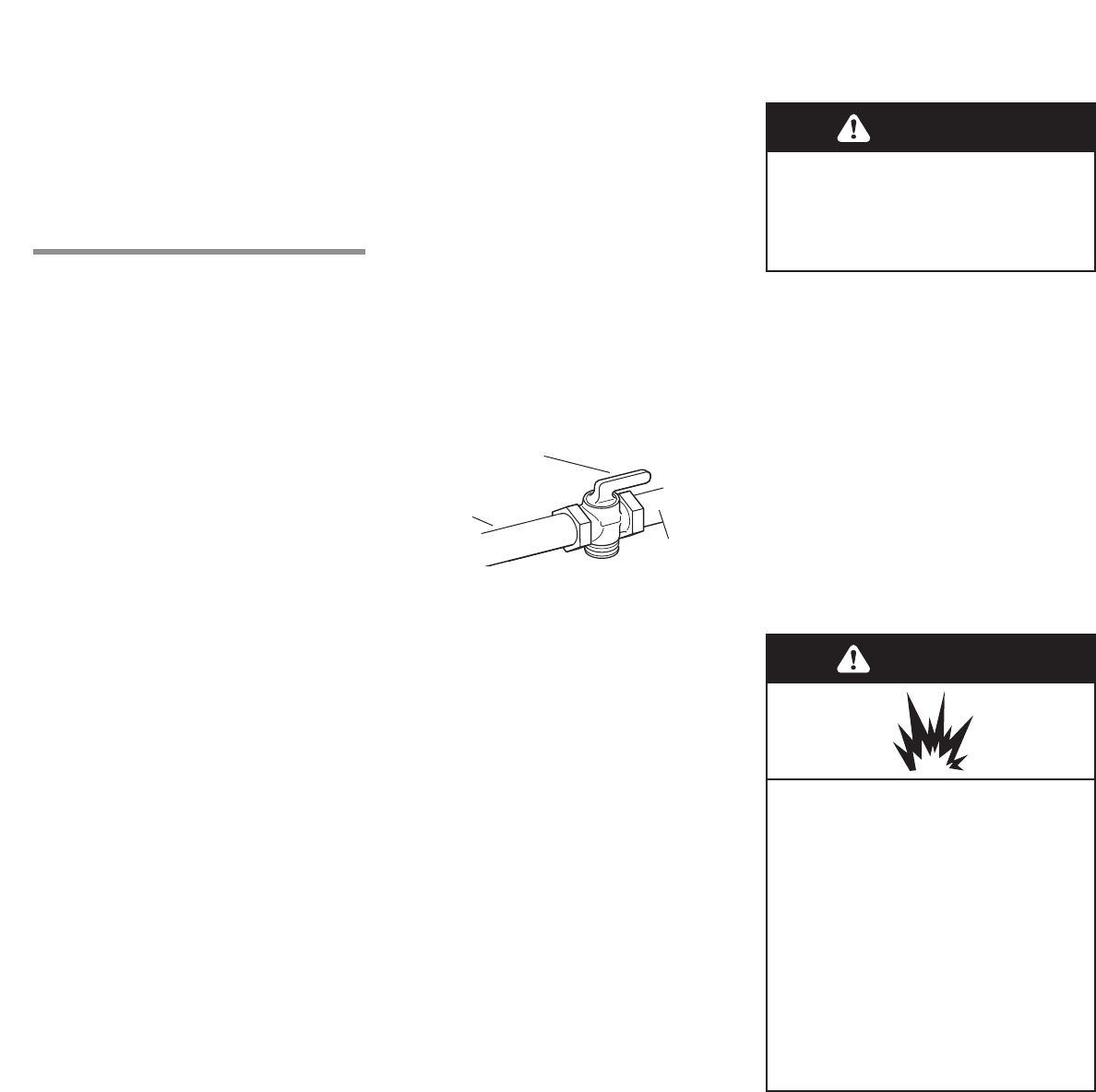
5
Gas supply
requirements
Location requirements
Select a location that provides minimum
exposure to wind and traffic paths. The
location should be away from strong
draft areas.
Do not obstruct flow of combustion and
ventilation air.
Line pressure testing:
Testing above 1/2 psi (3.5 kPa) or
14 inches (35.5 cm) W.C. (gauge):
The side burner and its individual shutoff
valve must be disconnected from the gas
supply piping system during any
pressure testing of that system at test
pressures greater than 1/2 psig (3.5 kPa).
Testing below 1/2 psi (3.5 kPa) or
14 inches (35.5 cm) W.C. (gauge) or
lower:
The side burner must be isolated from
the gas supply piping system by closing
its individual manual shutoff valve
during any pressure testing of the gas
supply piping system at test pressures
equal to or less than 1/2 psig (3.5 kPa).
Observe all governing codes and
ordinances.
IMPORTANT: Side burner must be
connected to a regulated gas supply.
• Input ratings shown on the model/serial
rating plate are for elevations up to
2,000 feet (610 m). For elevations above
2,000 feet (610 m), ratings are reduced
at a rate of 4% for each 1,000 feet (305
m) above sea level. Orifice conversion
is required. Contact KitchenAid
Assistance Center.
• Refer to the model/serial rating plate for
information on the type of gas that can
be used. If this information does not
agree with the type of gas available,
check with your local gas supplier.
No attempt shall be made to convert the
side burner from the gas specified on the
model/serial rating plate for use with a
different gas type without consulting the
serving gas supplier. The conversion kits
specified must be used.
L.P. Gas Conversion
L.P. gas conversion from a local L.P. gas
supply:
Conversion must be made by a qualified
gas technician. The qualified natural gas
technician shall provide the L.P. gas
supply to the selected side burner
location in accordance with the National
Fuel Gas Code NFPA 54 and local codes.
To convert to L.P. gas, the L.P. Gas
Conversion Kit No. 4396312 must be
used. Follow Instructions included with
kit.
L.P. gas conversion using a L.P. fuel tank:
To convert to L.P. gas, the L.P. Gas
Conversion Kit No. 4396312 must be
used. Follow Instructions included with
kit.
A L.P. gas cylinder, not larger than 20
pounds, must be purchased separately.
NATURAL GAS:
Set pressure 4 inches (10.2 cm) W.C.
Supply pressure 7-14 inches
(17.8 cm to 35.5 cm) W.C. maximum.
L.P. GAS:
Operating pressure:
11 inches (28 cm) W.C.
Supply pressure: 11 to 14 inches
(28 to 35.5 cm) W.C.
to side
burner
shutoff valve
“open” position
gas supply
line
The supply line shall be equipped with
an approved shutoff valve. This valve
should be located in the same area as
the side burner and should be in a
location that allows ease of opening and
closing. Do not block access to the
shutoff valve. The valve is for turning on
or shutting off gas to the appliance.
Built-in Side Burners –
Natural Gas:
Side burner are equipped for use with
Natural gas. They are design-certified by
CSA International for L.P. (propane or
butane) gases with appropriate
conversion.
Side burners are set for natural gas use
and have a pressure regulator with 1/2"
female pipe threads.
Side Burner Installation
This installation must conform with local
codes and ordinances**. In the absence
of local codes, installations must
conform with either the National Fuel
Gas Code ANSI Z223.1, or CAN/CGA-
B149.1* Natural Gas and Propane
installation code.
Natural Gas
1. Place side burner into outdoor
enclosure, but leave enough room in
back to connect to gas supply.
2. Make gas connections.
A combination of pipe fittings must be
used to connect the side burner to the
existing gas line.
WARNING
Excessive Weight Hazard
Use two or more people to move and
install side burner.
Failure to do so can result in back or
other injury.
WARNING
Explosion Hazard
Use a new AGA or CSA approved
“outdoor” gas supply line.
Securely tighten all gas connections.
If connected to LP, have a qualified
person make sure gas pressure does
not exceed 11" (28 cm) water column.
Examples of a qualified person
include:
licensed heating personnel,
authorized gas company
personnel, and
authorized service personnel.
Failure to do so can result in death,
explosion, or fire.



